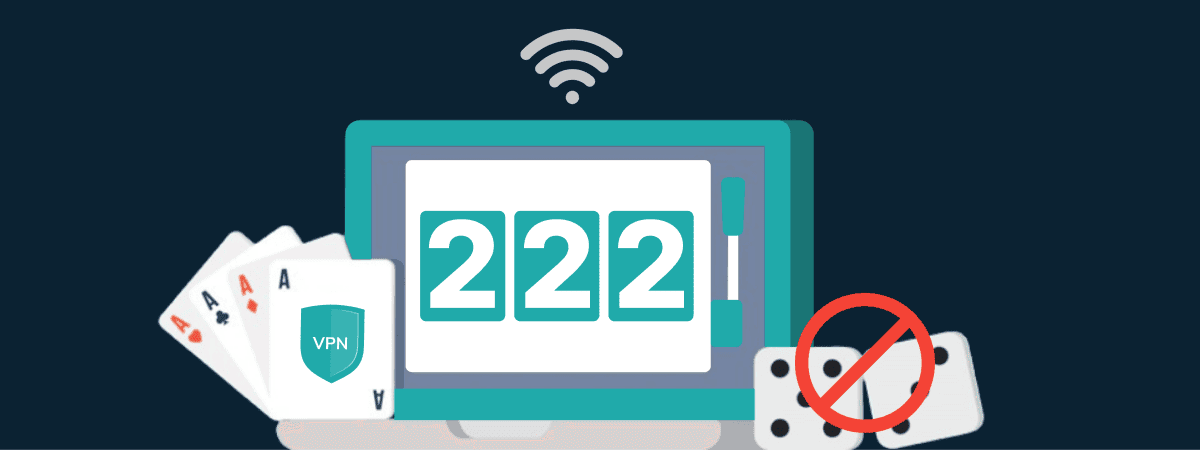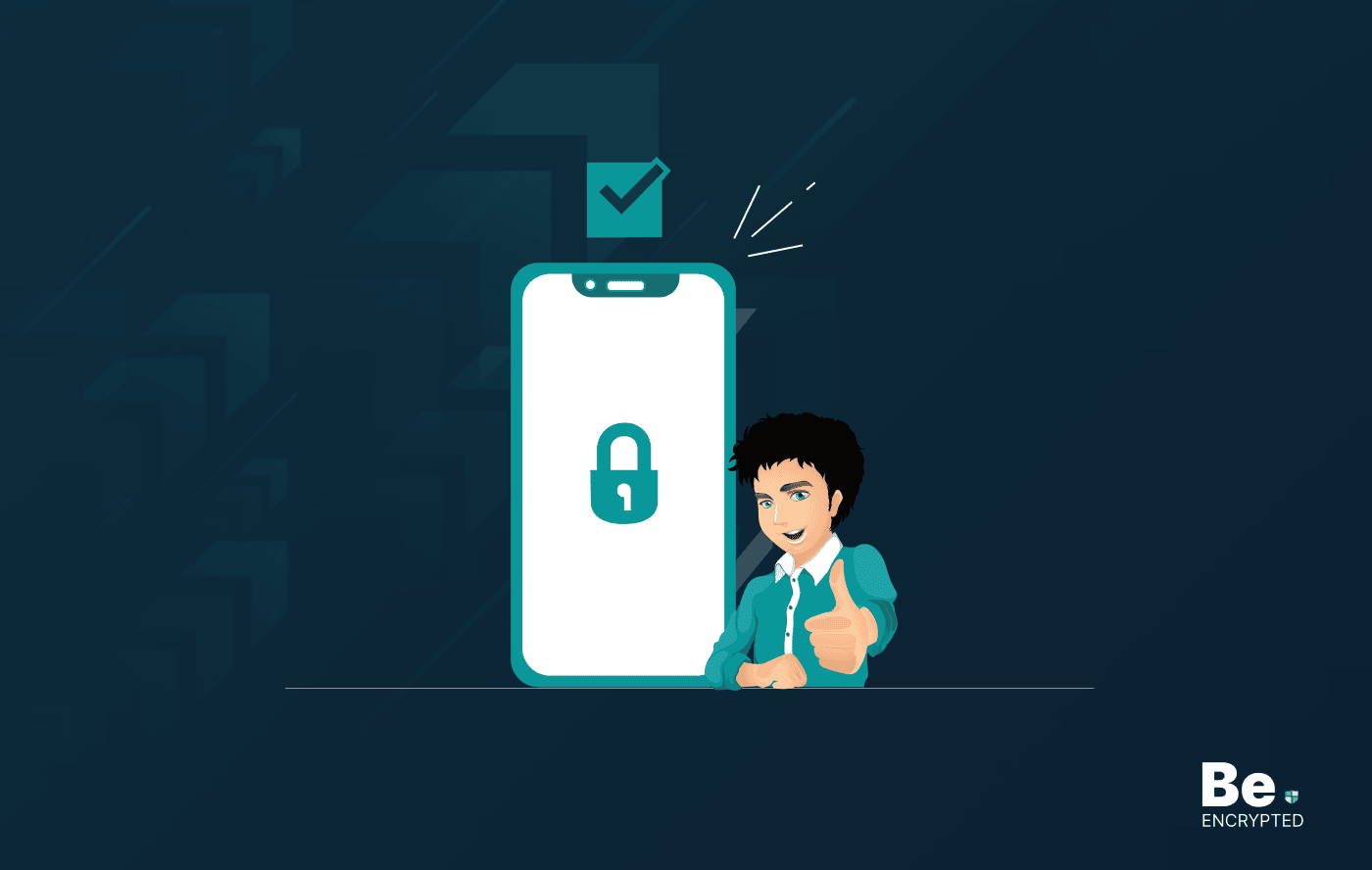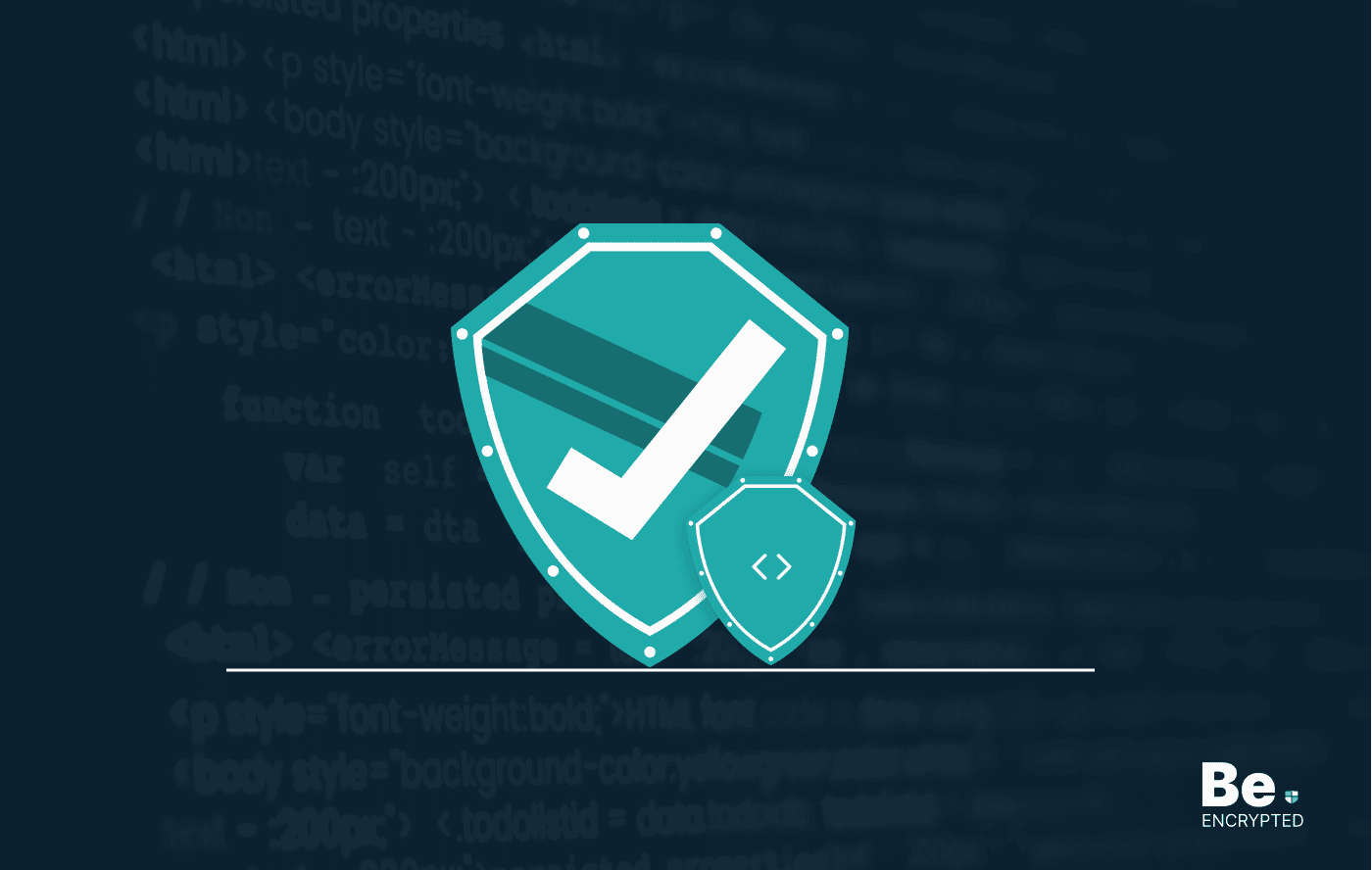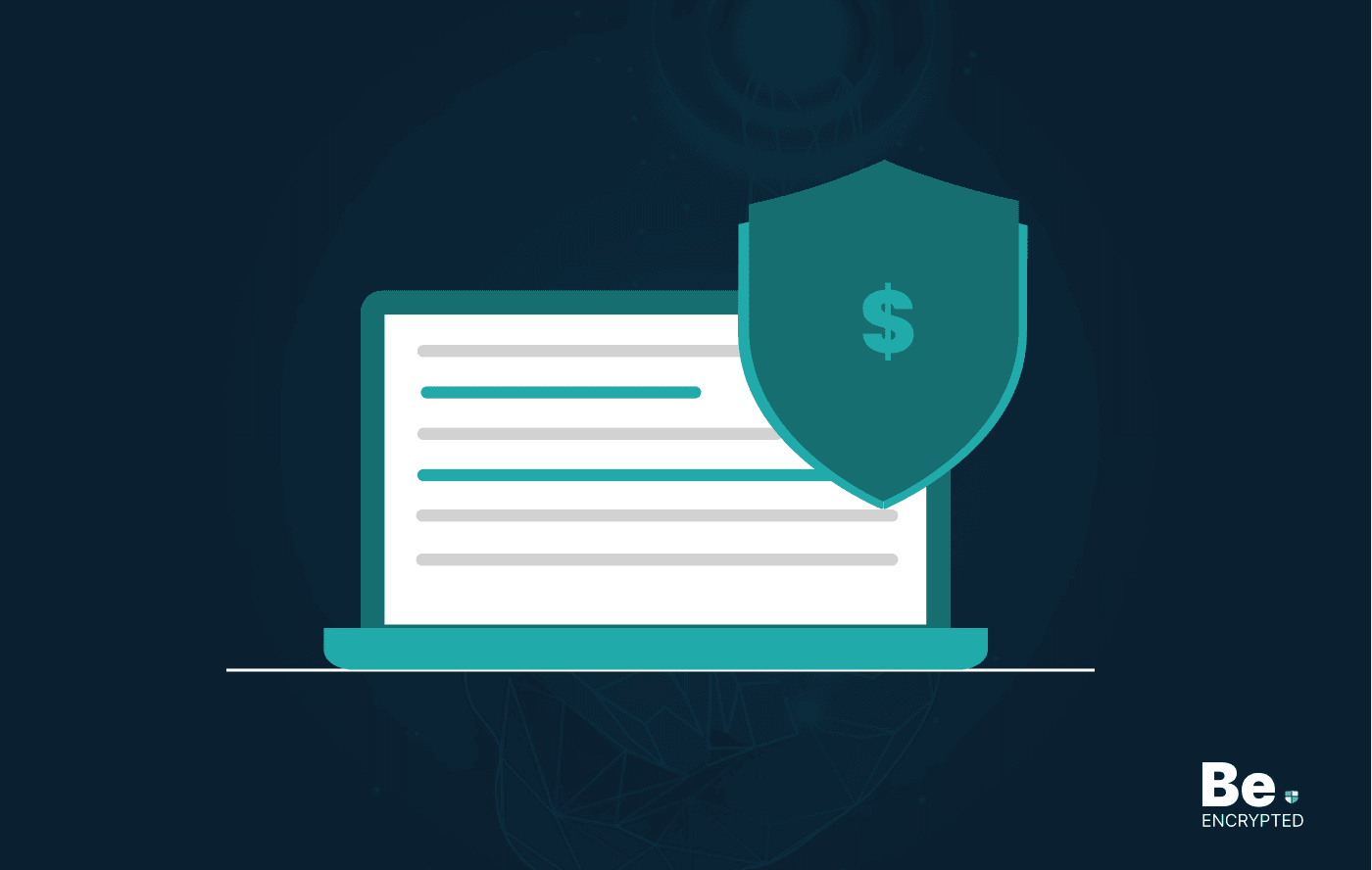According to a recent report by Barkly and Ponemon Institute, “2017 State of Endpoint Security Risk,” fileless cyberattacks are gaining popularity. However, the survey results reveal that such attacks will dominate 35% of all attacks in the coming year.
Due to the security enhancements made by the firms in their defending techniques, malevolent individuals had fewer opportunities to invade online privacy. Therefore, they have found a new way to access sensitive data: a fileless cyber attack. But don’t worry, as this guide covers tips on how to prevent these attacks.
What is a fileless cyberattack?
Many individuals would probably be unfamiliar with the term fileless cyber-attack; however, it could be an extreme hassle for businesses and other online entities.
This silent attack technique can bypass antivirus software and corporate firewalls without leaving a trace, which is why it is categorized as the “living off the land” technique. It is assumed to be an extensively destructive attack breed as it invades corporate systems without having malware inside its programming.
But how are these attacks fileless?
As Symantec mentioned in their Internet Security Threat Report (ISTR), all these threats are not fileless. The window registry is also kept on disk; some threats may initiate temporary files.
They are considered non-malware or malware-free attacks in some instances. For instance, only dual-use tools are used, and no malware binary is dropped. This couldn’t be a typical fileless attack as a file is involved in the form of one or more benign system tools.
The point is that these types of attacks may not leave a custom-built malware binary but can drop greyware tools or scripts. Such attacks could also be considered asymptomatic due to their ability to conceal the usual symptoms expected from an infection, like a malicious file on a disk.
Therefore, this access could provide a hacker with uncomplicated chances to enter a source code that could destroy, acquire, or demolish sensitive data without leaving evidence.
Fileless cyber attacks are developed with different goals. Through this silent technique, the attackers invest in intellectual property, personally identifiable information (PII), or anything connected to artificial intelligence.
Businesses and entities aware of antivirus vendors and their attacking techniques might not be shocked by the modern approach to fileless cyber attacks. It provides extreme ease and potential to the attacker, who can carry on the attack using programs already on your machine instead of conventional executable files. These attacks could extract a similar result by entering malicious code into an apparent benign file such as PDF or Word.
Plan against the upcoming cyber attack domination
Most organizations now have traditional preventions designed according to the prevailing threats. However, this silent threat needs extra attention and parameters to protect firms from immense destruction. Therefore, organizations must have a pre-planned strategy to optimize malware invasions and rising fileless attacks.
It is troublesome that these attacking techniques are developing at the same pace as security patches. Additionally, the invention of fileless cyber attacks could be challenging to figure out without any footprint; therefore, constructing a preventive set would also be challenging.
However, The Barkly and Ponemon report points out specific pointers to enhance security protection against fileless cyber-attack;
- Consider preventions beyond the traditional antivirus software, such as using application whitelisting where applicable and monitoring the usage of dual-use tools inside your network.
- Maintain a separate investment against the fileless techniques.
- Reduce endpoint management complexity.
- Prevention should be the priority before detection and response. For instance, you should have strong passwords for all your accounts, not leave sessions logged in, use advanced security features such as 2FA, have updated security software, and be cautious when receiving suspicious emails.
These are some basic security measures we elaborate on for better understanding. But a point to remember is that these attacks, being comparatively new, don’t have entirely different solutions from file-based attacks.
1. Invest in basic security tools
An organization should confirm that its primary security protections are being followed correctly. High-quality end-to-end encryption, two-factor authentication, and updated software presence are necessary whether you are prone to a regular cyber-attack or a developed one.
As reported by the Europe Breaking News, only 10 out of 61 antivirus software could stop Petya ransomware effectively. Therefore, an intelligent selection of updated software should be made.
2. Restrict data access
A common cause of vulnerability exploitation is that firms don’t have proper management systems for their data access. For instance, employees are capable of accessing more data than is necessary. Therefore, a proper management system could evade such hassles to a greater extent.
Controlled and administrative access is essential for business success. However, a centralized system could help monitor the logins and other accesses.
3. Updated knowledge of privacy threats
The most destructive approach of an organization is a lack of concern and knowledge towards the development and progress of cyberattacks.
Whenever there is massive cyber destruction, many affected firms don’t have a proper security plan or prior knowledge. Similarly, cases such as fileless cyber attacks would be less damaging if reported immediately.
Share this article
About the Author
Zehra Ali is a Tech Reporter and Journalist. She has done her Masters in Mass Communication. Topics related to cybersecurity, IoT, AI, Big Data and other privacy matters are extensively covered by her on various platforms. You can follow her on twitter.
More from Zehra AliRelated Posts

How to Avoid Gambling Restrictions in 2024
KEY TAKEAWAYS Gambling is prohibited in multiple countries as it is addictive, and many people go ba...

20 Best Penetration Testing Tools For Security Professionals
KEY TAKEAWAYS If you’re in a hurry, then have a look at the list of 20 best penetration testin...

The Role of Developer Security in Software Development
KEY TAKEAWAYS The revolution of DevOps has reduced the SLDC and resulted in the creation of many sof...

How To Detect Hidden Cameras And Listening Devices? A Complete Guide
Many people feel like someone is watching them or listening to their conversations. They may be righ...

What is Virtual Firewall and How it Helps Us in 2024?
Scientists and technicians are trying to invent the latest technology protection to create barriers ...

10 Ways to Prevent Ransomware Attacks
KEY TAKEAWAYS Ransomware attacks are growing frequently and affecting every sector of the business i...


